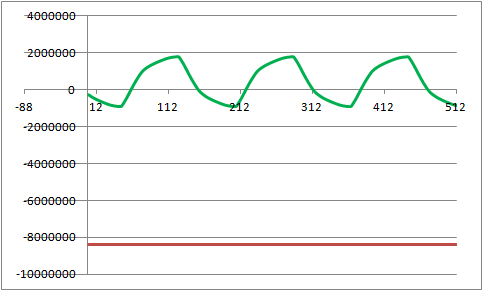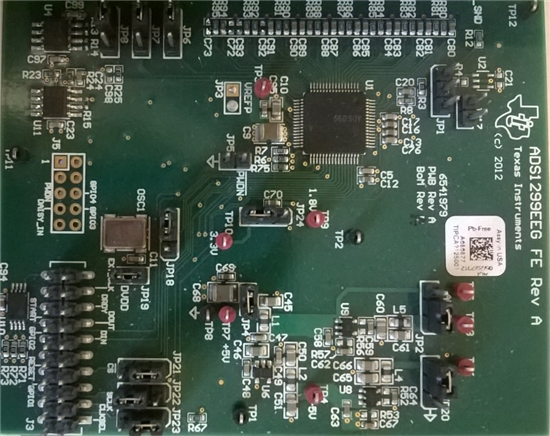Hi,
I have the ADS1299 gathering data and measuring impedance but when I switch from impedance measurements to data capture with the current sources disabled they still seem to be connected to the inputs, with no leads connected to the inputs the adc readings are all saturated where I would expect just noise.
To enable the impedance measurements I follow the following process.
LOFF (0x04) set to 0x01
CONFIG4(0x17) set to 0x02
LOFF_SENSP(0x0F) set to 0xFF;
LOFF_SENSN(0x10) set to 0xFF;
adc read started(Command 0x08)
To disable Impedance measurements, and change to data capture I am doing the following.
Stop adc reading(Command 0x0A)
LOFF (0x04) set to 0x00
CONFIG4(0x17) set to 0x00
LOFF_SENSP(0x0F) set to 0x00
LOFF_SENSN(0x10) set to 0x00
adc read started(Command 0x08)
I have checked that each of the registers have been set by reading them back after they were set and they seem to be set correctly.
hope someone can help.
Graham




